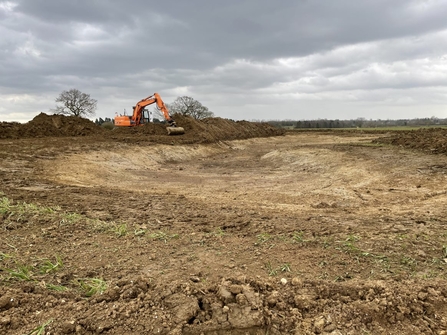We’ve got ponds all over Shimpling Park Farm, but some of them have been hiding.
We also have some ponds that have been hogging the limelight for years, usually the larger ones and probably those that have continued to be useful to agriculture for the longest period of time.
Earliest records of ponds at Shimpling, a former medieval deer park, were recorded by Arthur Copinger in his book, “The Manors of Suffolk” where he describes a bit of beef in 1303 between its then owner Robert Fitz Walter and his tenant Adam de Waldingfield where Fitz Walter complains that his tenant, “Felled his trees and fished in his ponds at Shimpling”. So originally they were carp ponds and relief for hunted deer, but when Shimpling Park was disemparked and turned to agriculture, I would imagine that its ponds would have been used for sustaining domestic grazing animals and water sources for working horses. Latterly I suspect they would have been used to top up steam engines and even more recently to fill farm sprayers, now not allowed.


